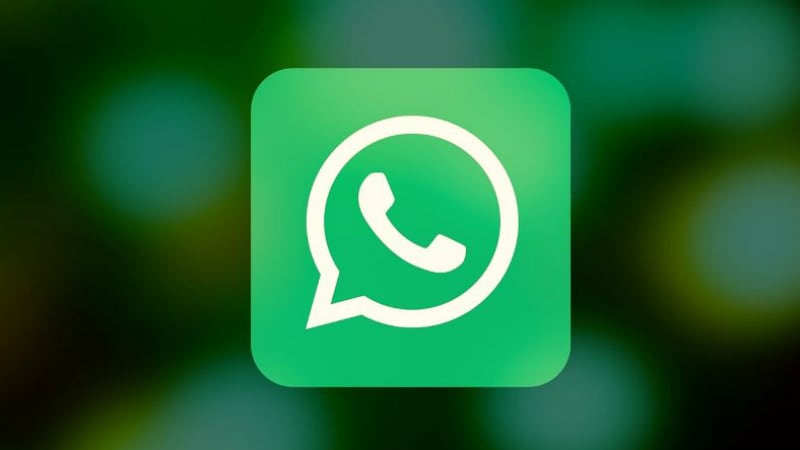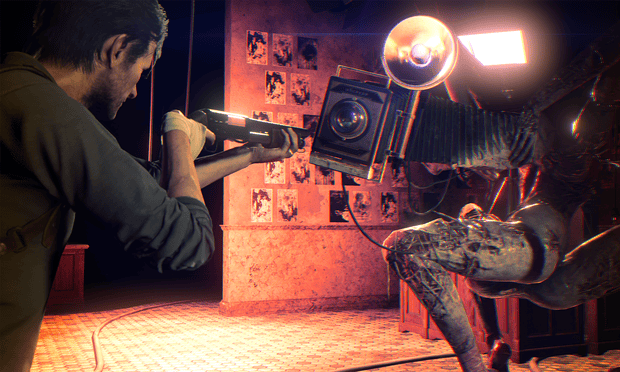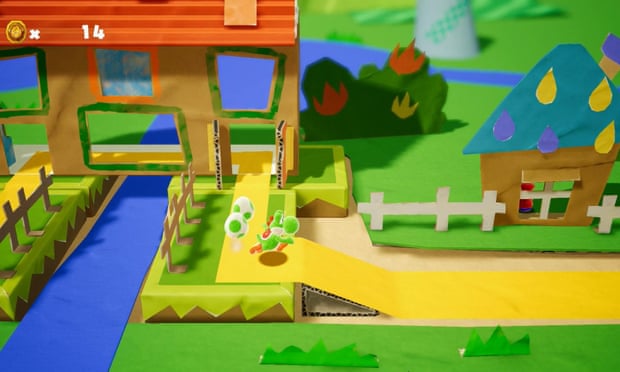The latest Android smartphone is the LG V30, a high-end handset in every sense: It features a dual camera setup, class-leading processor, and an edge-to-edge OLED display. But LG focused primarily on the video and audio experiences with its latest flagship, to deliver one of the most impressive mobile entertainment packages we’ve seen in years.
Sleek design and display
The V30 has been heavily inspired by the design of the LG G6. It features a similar “bezel-less” screen, with rounded corners bordering the display, and the same orientation of the dual cameras and fingerprint sensor around back. The sides are glass, which doesn’t help with durability — we cracked one while writing our LG V30 hands on — but the phone does look more polished than last year’s metallic LG V20.
The six-inch screen features an 18:9 aspect ratio with a resolution of 2,880 × 1,440, just like the G6 — although it differs in one significant way. Whereas the G6’s panel was LCD, the V30’s is OLED. It is a new direction for LG and in line with the way the industry is heading, thanks to the technology’s ability to provide more vivid colors, perfect blacks, and dynamically conserve battery.
It is also a departure from a trend established in previous V-series devices — the second display. Unlike the V20 and the V10 before it, the V30 does not have a “ticker” above the primary screen, beside the front-facing camera. The full-face display negates the need for it, the company claims and it replaced the shortcuts and action previously stored there with a software solution — a floating quick actions bar that can be revealed or hidden at any time.
Flagship specs and class-leading audio
Beneath the glass, you will find a phone that, internally speaking, shares much with other leading Android smartphones. The V30 carries Qualcomm’s Snapdragon 835 system-on-chip, paired with 4GB of RAM. The base model offers 64GB of internal storage, though you can expand it thanks to a MicroSD slot. The battery weighs in at 3,300mAh, which is about average for its class, and there’s support for wireless charging.
One of the ways the V30 differentiates itself is in its audio system. Similar to last year’s V20, LG has fitted the V30 with an upgraded 32-bit Quad DAC system for richer, more accurate sound. We loved what we heard from the phone’s predecessor, and LG is the only mainstream manufacturer really innovating the listening experience in this way, so we hope the implementation is spot-on once again. The phone will also stream high-resolution audio in a way that conserves more data.
Sadly, the V30 won’t follow the V20’s footsteps to be the first smartphone to launch with the latest version of Android. You won’t find Android 8.0 Oreo on the V30, but Android 7.1.2 instead. LG has confirmed it is already working on bringing the update to the V30 shortly after the phone launches. LG does have its own theme over Android, and you’ll see some new special features like Voice Imprint, which lets you unlock your phone with a pre-selected voice phrase; and a facial recognition feature lets you unlock the V30 with your face. Google Assistant is also on-board, and LG has worked with the search giant to offer commands tied to the cameras that only work on the V30.
Dual cameras
Alongside the audio experience, LG invested a great deal of effort into improving the V20’s already strong camera. The V30 utilizes a similar pairing of a standard and wide-angle lens, with the former rated at 16 megapixels and the latter at 13. But the new device goes a few steps further, with a f/1.6 aperture and f/1.9 apertures, respectively. The bigger aperture will allow more light into shots, which should especially improve images captured in dark environments. LG said it should also help reduce distortion with the wide-angle lens. At the front, there is a five-megapixel wide-angle shooter for selfies.
LG also implemented a new technology with the V30 known as Point and Zoom. Simply tap an object on the screen and a slider will appear, allowing you to close in on that aspect of the frame first using the wide-angle lens, before switching to the normal one, and then using digital zoom. It should be a handy feature for producing fun videos and blends the V30’s two cameras in a seamless, intuitive way. It works in a new camera mode in the V30 called Cine Video, which offers a number of color graded themes designed around movie genres. These are added to videos before you start filming.
Improved durability
One of the V20’s weak points was its lack of durability. Although it complies with a variety of military standard tests, it isn’t water resistant — putting it at a disadvantage next to the Apple iPhone 7 and Samsung Galaxy S7. Part of that was due to the removable battery and back cover, which has been removed this time around. Sealing the components has allowed the V30 to achieve that IP68 rating. We feel it is a worthy trade-off.
Additionally, the V30 utilizes a combination of Corning’s Gorilla Glass 5 on both sides, and Gorilla Glass 4 over the camera lenses to keep the device scratch and shatter-free. LG also says it improved the handset’s heat management and dispersion — something phone makers do not typically point out, which is an encouraging sign.
Additionally, the V30 utilizes a combination of Corning’s Gorilla Glass 5 on both sides, and Gorilla Glass 4 over the camera lenses to keep the device scratch and shatter-free. LG also says it improved the handset’s heat management and dispersion — something phone makers do not typically point out, which is an encouraging sign.
Release date and availability
We are still awaiting information from carriers and retailers regarding the V30’s availability and price, and we will update this section as we hear more.
After the V30 is official, customers in South Korea will likely be able to pre-order the phone first. Prior to Thursday’s reveal, Android Authority reported pre-orders would begin in the region on September 15, with the U.S. following on September 17, and then the rest of the world on September 28.

























